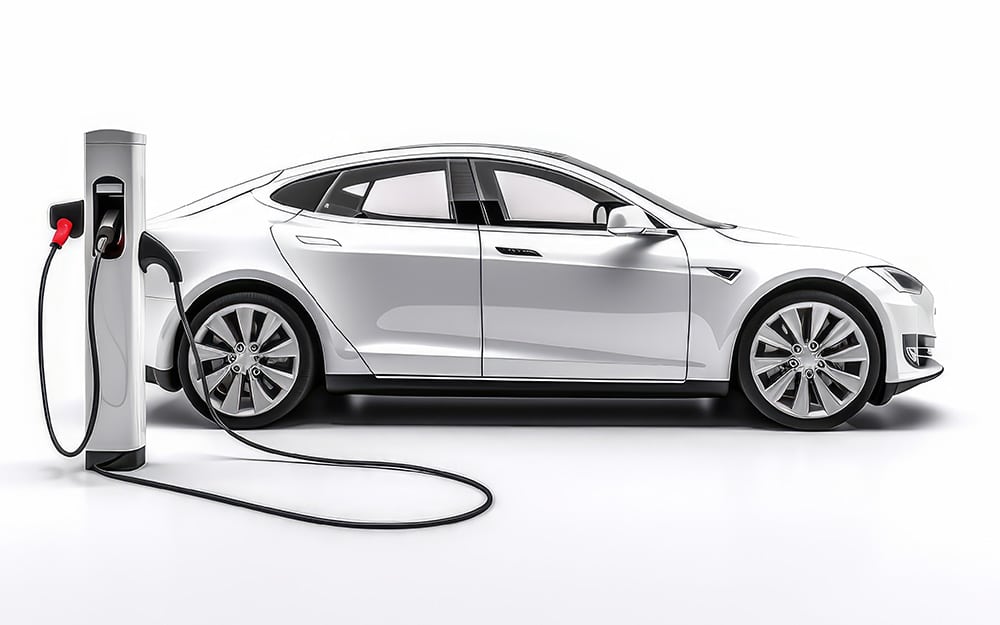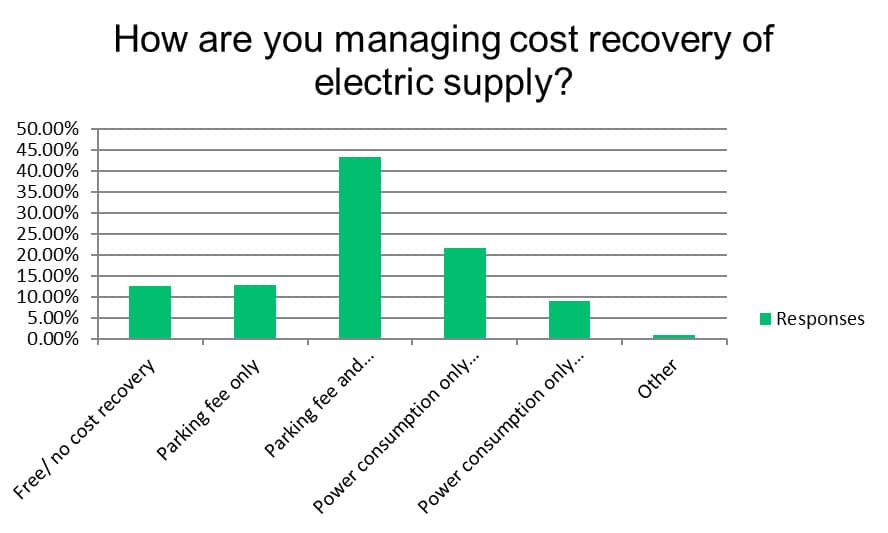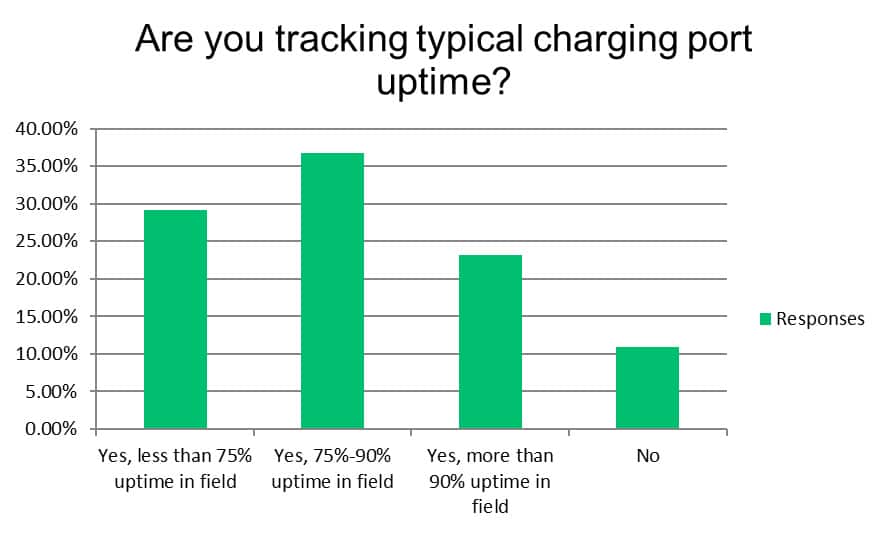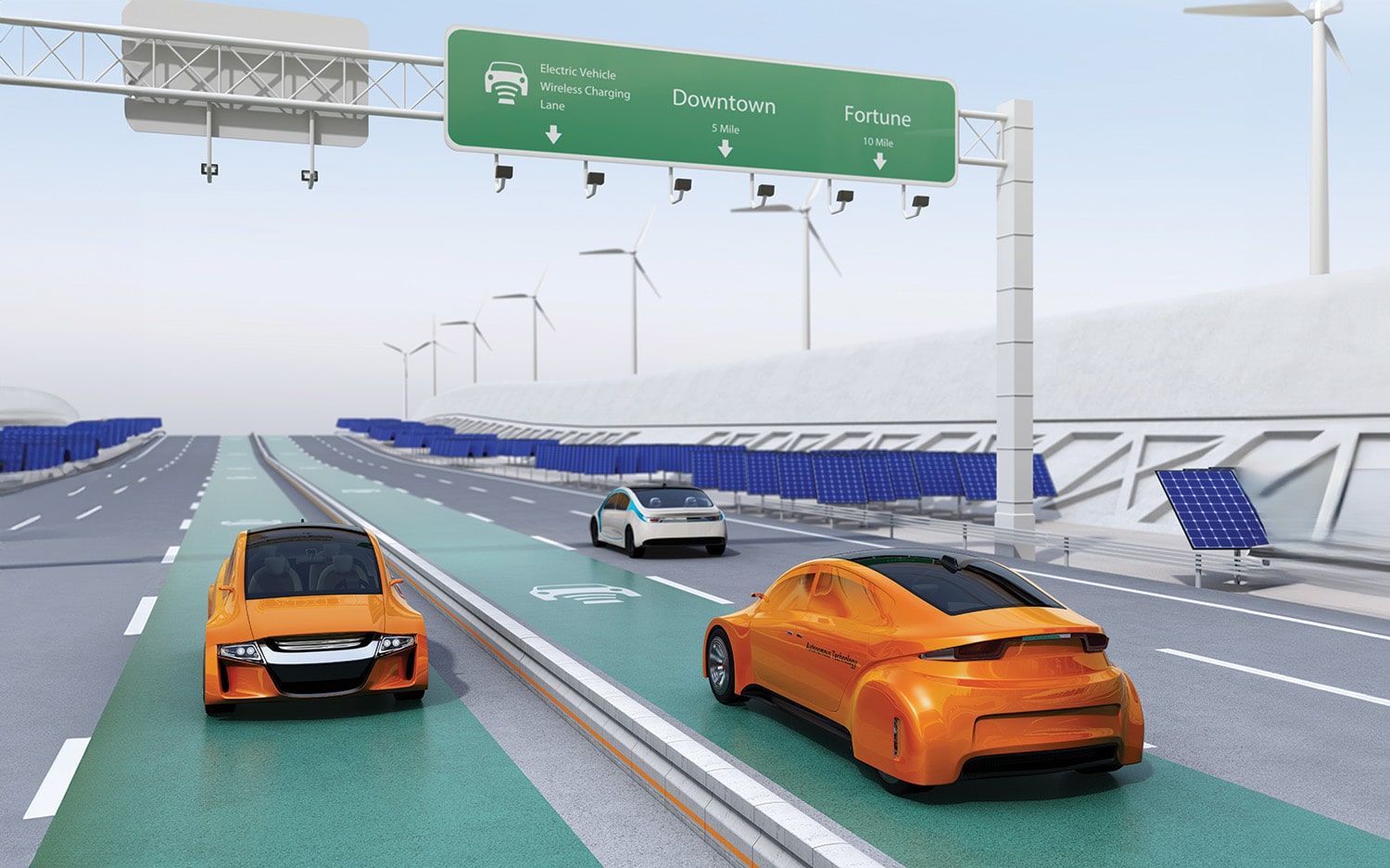Home » The Green Impact » Electric Vehicle Charging Operations Research
The Green Impact
Electric Vehicle Charging Operations Research
stock.adobe.com / ColdFire
Recent research around electric vehicle ownership projections provides insight into EV user growth potential for the next 10-year expected life cycle of a parking technology product, such as electric vehicle charging stations (EVCS). Base and high scenarios, as shown in the following table, indicate a potential doubling of EV sales volume and active share of vehicles on the road that will have an additional impact on parking assets. As an industry, we need to know the current state of EV charging operations to plan for future demand appropriately.
Regional adoption rates have varied, resulting in gaps in the nationwide charging network, which seemingly all levels of government are addressing through grant and rebate programs. However, new installations alone will not solve electric vehicle charging demand, and implementation grants don’t often fund continued operations and maintenance. Existing EVCS operations and maintenance best practices should be addressed and then sustained to help meet potential growth in charging demand.
To that end, a recent user survey on EVCS operations was launched to better understand owners’ challenges when offering public charging stations. The survey questions aim to discover the diversity of product offerings from parking asset ownership across all land uses, whether by access, payment, charging station type, features, or functionality. Respondents help to inform relevant operational questions, such as, “Does your charging station need to be on a network?”
Government code requirements and funding opportunities aside, parking asset owners should plan for the appropriate number of EVCS to meet their needs in accordance with existing EVCS operability and anticipated growth. EVCS can be costly for both new construction or existing asset overlays, and many existing EVCS may be installations from previous product life cycles. Maximizing utilization and cost recovery from existing charging ports is one way to mitigate costs and provide desired levels of service while planning to meet future sustainable demand.
Preliminary results on several items regarding EV charging operations are presented below. Respondents to date include representation from entertainment and sports destinations, residential, hotel, office, airport, education, healthcare, and government land uses. To date, 43% of respondents report owning their EVCS, 30% lease, and 27% combine owning with leasing.
How are you managing the cost recovery of the electric supply?
Less than 15% of respondents to date don’t recover their cost for providing electricity to charging station users. Of the over 85% of owners who attempt to recover their costs, more than 40% employ a parking rate fee and an incremental time rate to charge. Owners who only recover power costs (21%) or only parking fees (11%), and not both, may be missing out on recovering the costs of their operations.
Are you tracking typical charging port uptime?
Almost a third of respondents report charging stations being out of service more than a quarter of the time. Fewer than 25% of respondents report charging station availability of over 90% uptime in the field. As code-required EVCS stalls increase in some jurisdictions, stalls out of service may further impact the availability and usability of your built supply and dissatisfaction for users expecting a charge.
Finally, several respondents currently provide two to three Level 1 charging stations at their parking assets. As the demand and government requirements to convert fleets and provide EVCS to the public increase over the next 10 years, current Level 1 owners will need to become familiar with Level 2 charging operations and best practices and when and how to provide DC fast charging, should their parking asset require fast chargers. ◆
Jonathan Wicks, CAPP, is a Project Manager with Walker Consultants and a member of the IPMI’s Sustainable Mobility Task Force.

-
Jonathan Wicks, CAPPhttps://parking-mobility-magazine.org/author/jonathan-wicks-capp/March 18, 2022













